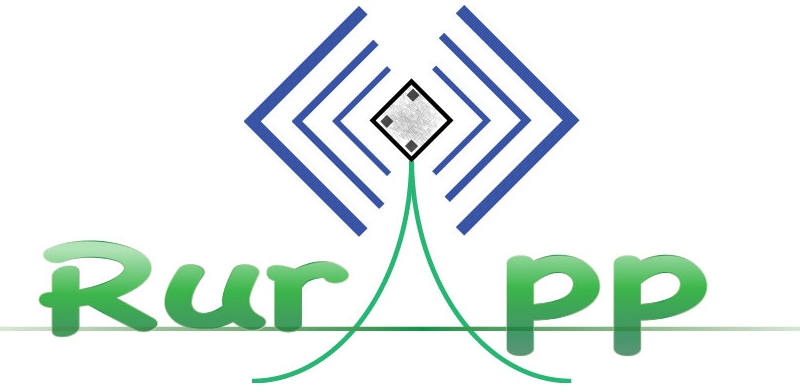It is not rocket science to understand that demand for small holder rural farmer crops is dependent on lowering transaction costs. There is simply not enough arable land that can be immediately used as organic and Non-GMO unless transaction costs are reduced significantly such that rural trade transaction costs are as low as large farms where machinery and large storage facilities are available. Rural trade technology released by Rurapp Inc makes rural trading simple and efficient.
Rurapp Inc has designed and manufactured custom logistic equipment to handle the conditions in rural areas and yet handle the new generation solutions. Such equipment is designed to be at distribution and drop of points. Our most popular product is the RurApp platform scale. The scale is able to weigh products quickly and accurately and then share the information via various communication methods. Additional add-ons are QR readers/printers, solar panels, and touch screens. All the equipment is available through different agreements and regional relationships.
Genetically modified foods are plants or animals that have had genes copied from other plants or animals inserted into their DNA. Most of the nation’s corn and soybeans are genetically engineered to resist pests and herbicides.
Demand for small holder, organic crops has been excellent. However, the way to get exports going is to ensure logistic and transaction costs are reduced and thus the selling price comes down and small holder organics can get competitive. People rightly or wrongly fear GMOs because they are more concerned about man-made risks than natural ones and the food industry’s control over what we eat. Faber and other labeling proponents say it’s about transparency, not technology. They say there is precedent, like orange juice labels that say whether the juice is from concentrate.
Many organic products now come from Vermont, so it has made sense for Vermont to become a Non-GMO state which will promote their own products. However, there are few Vermont’s in major ecomomic countries so small holder farmers from develping countries worldwide need to be better integrated into the global food supply chain. With lower transaction costs and better integrated logistics the reality of harnessing these pesticide and GMO-Free lands of the remote rural sections of the planet can enter the marketplace.
Meanwhile, there is a concentrated lobbying effort for GMO labels so consumers can make an informed decision. In 1969 they started requiring ingredients lists on foods in the US, so there is no reason to NOT label them, all they have to do is change the font and add one small statement “may have GMOs”. Most of the genetically modified corn and soybeans are used in cattle feed, or are made into ingredients like corn oil, corn starch, high fructose corn syrup or soybean oil.
Currently, the FDA says labeling of genetically modified foods isn’t needed because the nutritional content is the same as non-GMO varieties. “There’s so much confusing speech on food packaging and food advertising that consumers are often buying things they think are GMO free when they are not,” says Scott Faber of the Environmental Working Group, which is pushing for the labels.


